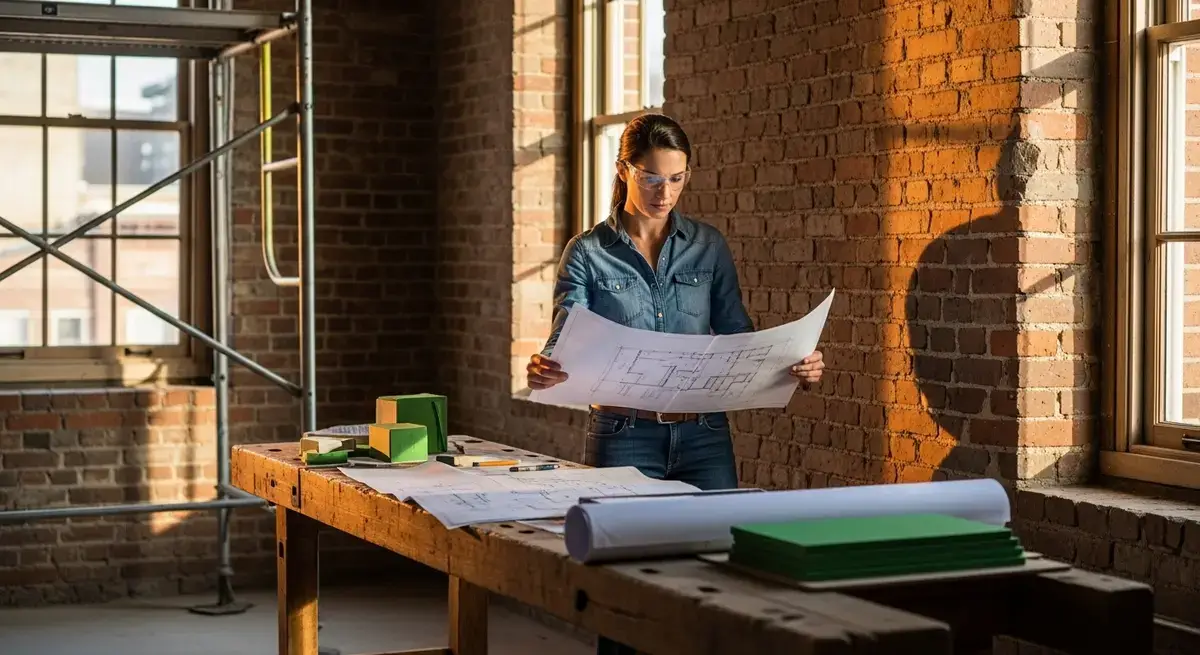Breathing New Life into Historic Buildings: The Art of Thoughtful Renovation
Renovating old buildings goes far beyond fixing bricks and mortar—it’s about preserving the very soul of a community. These projects honor cultural heritage while thoughtfully adapting spaces to meet today’s needs. If you’re passionate about historic properties, this guide offers valuable insights, practical tips, and proven strategies to restore charm and functionality with care and respect.
Why Renovating Historic Buildings Matters: Preserving Legacy While Embracing Progress
Historic restorations are a fascinating blend of tradition and innovation. They breathe new life into aging structures, showing how we can celebrate our past while stepping confidently into the future. Such projects shape the identity of cities, marrying cultural legacy with contemporary needs to create vibrant urban environments.
Beyond their cultural importance, renovations spark economic and social revitalization. Transforming historic buildings into boutique hotels, galleries, or community hubs attracts tourism and fuels local economies. For example, Lisbon’s restored historic buildings have blossomed into dynamic cultural spaces that welcome both locals and visitors alike.
Essential Principles for Respectful and Sustainable Historic Renovations
Embrace the Reversibility Technique to Protect Original Integrity
One cornerstone of historic restoration is the “reversibility” approach. This means making changes that can be undone, ensuring the original structure remains intact for future generations. By prioritizing reversible interventions, restorers safeguard the building’s heritage while allowing for future adaptations.
Choose Compatible, Eco-Friendly Materials for Lasting Impact
Selecting materials that harmonize with the original construction is key to maintaining authenticity. Incorporating sustainable practices—like green construction methods and energy-efficient systems—enhances both the building’s longevity and its environmental footprint. This thoughtful balance respects history while contributing to a greener future.
Navigate Preservation Guidelines with Care
Before starting any renovation, understanding and complying with preservation regulations is crucial. Obtaining certificates like the Certificate of Appropriateness and checking listings such as the National Register of Historic Places help avoid legal pitfalls and ensure your project honors official standards.
Practical Tips to Make Your Historic Renovation a Success
Plan Thoroughly and Budget Realistically
Historic renovations come with unique challenges that demand careful planning. By anticipating these hurdles and crafting a detailed budget, you set the foundation for a smooth project. Don’t overlook financial incentives like the Historic Preservation Tax Incentives Program, which can significantly ease renovation costs.
Assemble a Skilled Team of Preservation Experts
The expertise behind your project often determines its success. Hiring professionals specialized in historic preservation ensures that restorations are executed with the right knowledge, skill, and sensitivity. Their experience is invaluable when navigating the complexities of old buildings.
Leverage Modern Technology for Precision and Efficiency
Cutting-edge tools like 3D scanning and Building Information Modeling (BIM) are transforming restoration work. These technologies provide detailed assessments and streamline planning, making renovations more accurate and efficient. Projects at renowned sites like the Prado Museum in Madrid and the Rijksmuseum in Amsterdam showcase how modern methods can seamlessly blend with historic preservation.
Designing with Purpose: Making Thoughtful Choices in Renovation
Adaptive Reuse: Giving Historic Spaces New Life
Adaptive reuse is a brilliant way to meet modern needs without erasing history. Take the Tenant Improvement project at 2300 Orchard Parkway, where spaces were redesigned for contemporary use while preserving their original framework. This approach respects the past and meets the present.
Prioritize Accessibility to Welcome Everyone
Inclusion is essential in historic renovations. The Prado Museum’s accessibility initiatives demonstrate how to make historic environments welcoming for mobility-impaired visitors, enriching the experience for all. Thoughtful accessibility features ensure these treasured spaces are enjoyed by everyone.
Renovating historic buildings is a delicate dance between honoring the past and embracing the future. By applying these principles and tips, you can help preserve cultural heritage while enhancing the usefulness and beauty of these remarkable structures. Together, we can ensure that historic buildings continue to tell their unique stories and inspire communities for generations to come.


